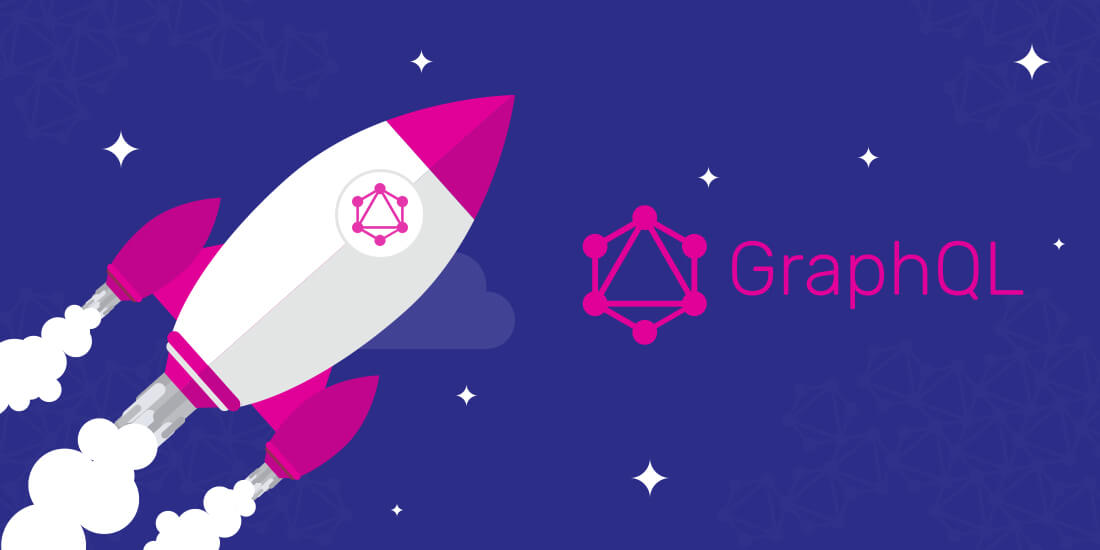Building APIs using Graphql-Yoga
🧘 Fully-featured GraphQL Server with focus on easy setup, performance & great developer experience

graphql-yoga
Fully-featured GraphQL Server with focus on easy setup, performance & great developer experience Easiest way to run a GraphQL server: Sensible defaults & includes everything you need with minimal setup. Includes Subscriptions: Built-in support for GraphQL subscriptions using WebSockets. Compatible: Works with all GraphQL clients (Apollo, Relay...) and fits seamless in your GraphQL workflow. graphql-yoga is based on the following libraries & tools:
- express/apollo-server: Performant, extensible web server framework
- graphql-subscriptions/subscriptions-transport-ws: GraphQL subscriptions server
- graphql.js/graphql-tools: GraphQL engine & schema helpers
- graphql-playground: Interactive GraphQL IDE
import { GraphQLServer } from 'graphql-yoga'
// ... or using `require()`
// const { GraphQLServer } = require('graphql-yoga')
const typeDefs = `
type Query {
hello(name: String): String!
}
`
const resolvers = {
Query: {
hello: (_, { name }) => `Hello ${name || 'World'}`,
},
}
const server = new GraphQLServer({ typeDefs, resolvers })
server.start(() => console.log('Server is running on localhost:4000'))Let’s Build a GraphQL Node Server That Hits the Pokemon API
yarn add graphql-yoga nodemon node-fetch
graphql-yoga: our GraphQL server klibrarynodemon: helps us auto restart the server after changes, because ya know.. we lazy. node-fetch: our AJAX method of choice, but feel free to use your preffered (such as axios). next add the below to your package.json file.
"scripts": {
"start": "nodemon index.js"
},create index.js using touch index.js
and paste the following. Don’t worry explanations are below..
const { GraphQLServer } = require("graphql-yoga");
const fetch = require("node-fetch");
const typeDefs = `
type Query {
getPokemon(id: Int!): Pokemon
}
type Pokemon {
id: Int
name: String
height: Int
abilities: [AbilityObj]
stats: [StatObj]
}
type AbilityObj {
slot: Int
is_hidden: Boolean
ability: Ability
}
type Ability {
name: String
url: String
}
type StatObj {
effort: Int
base_stat: Int
stat: Stat
}
type Stat {
name: String
url: String
}
`;
const resolvers = {
Query: {
getPokemon: async (_, { id }) => {
const response = await fetch(`http://pokeapi.co/api/v2/pokemon/${id}`);
return response.json();
}
}
};
const server = new GraphQLServer({ typeDefs, resolvers });
server.start(() => console.log("Server is running on localhost:4000"));In the TypeDefs we create a couple different Types based off of what the Pokemon API returns and what information we want. The Pokemon API returns an INCREDIBLE amount of information, so for brevity's sake we only use a few characteristics. Type Pokemon Among MANY other things the API returns an id, name, height, abilities (which is an array) and stats (also an array).
type Pokemon {
id: Int
name: String
height: Int
abilities: [AbilityObj]
stats: [StatObj]
}Type Ability & Stat Included in the abilities array are several objects (abilities) each with a name and url. Same goes for stats.
type Ability {
name: String
url: String
}
type Stat {
name: String
url: String
}Type AbilityObj & StatObj These two may confuse you and I’m looking into if there is a better way to do this, but for the time being this works. Unfortunately, when your using a 3rd party API you need to deal with how they return the information since we can’t control it.
type AbilityObj {
slot: Int
is_hidden: Boolean
ability: Ability
}
type StatObj {
effort: Int
base_stat: Int
stat: Stat
}You’ll notice these two types contain a few attributes most importantly ability and stat which point to the types Ability and Stat. The Pokemon API returns the abilities and stats arrays structured in an interesting way. Notice below it’s not an array of objects that are abilities, It’s an array of objects with some ability attributes, then nested inside that another object with the ability name. Due to this I had to create somewhat wonky looking Ability and Stat ‘containers’ (if you will) which is why you see the additional types of AbilityObj & StatObj which contain a couple attributes and also point to ability and stat which are of type Ability & Stat.
abilities: [
{
slot: 0,
is_hidden: true,
ability: {
name: 'whatever',
url: 'sample@whatever'
},
},
]Type Query Lastly, we create our Query type and tell it to expect a getPokemon query that will contain an id and should return a Pokemon type.
type Query {
getPokemon(id: Int!): Pokemon
}Resolvers Next we have our resolvers, or in this case resolver. We match the naming with our getPokemon query and it simply takes the id, fetches the data, and returns it.
const resolvers = {
Query: {
getPokemon: async (_, { id }) => {
const response = await
fetch(`http://pokeapi.co/api/v2/pokemon/${id}`);
return response.json();
}
}
};then we create our server via graphql-yoga’s GraphQLServer, pass it our types and resolver(s), and fire it up!
const server = new GraphQLServer({ typeDefs, resolvers });
server.start(() => console.log("Server is running on localhost:4000"));The GraphQL Playground One of my favorite parts of GraphQL is the playground. This is a place where you can test your queries and mutations to your hearts content and a perfect place for us to test our query. Head on over to http://localhost:4000 and you should see this..
Sorry, if you were hoping for a swing set and monkey bars. Paste the query below on the left and hit the play buttton.
{
getPokemon(id: 1) {
id
name
height
abilities {
slot
is_hidden
ability {
name
url
}
}
stats {
effort
base_stat
stat {
name
url
}
}
}
}No it’s not magic, it’s GraphQL Feel free to play around with the query by removing fields
Comments